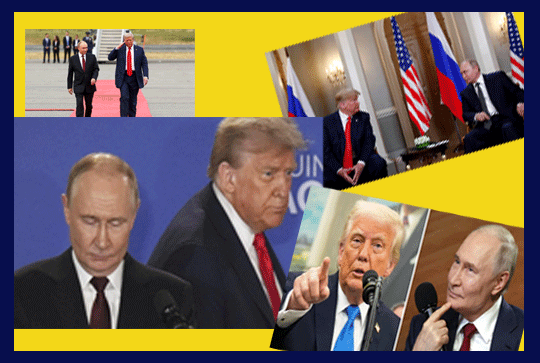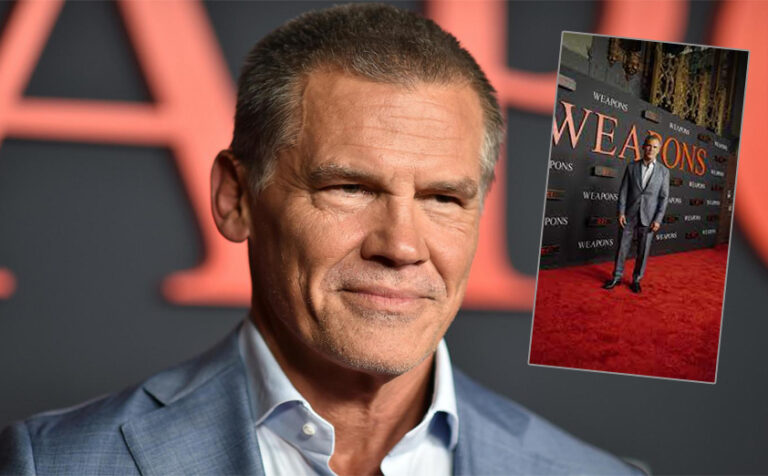The Democratic candidate has denied that it will hurt her chances of winning next week’s debate with former president Trump, but Vice President Kamala Harris has admitted that the regulations are in place. Harris proposed the concept of not keeping the microphones of both candidates live during the fight.

On Wednesday, the Harris campaign sent a letter to the host, seemingly ending the discussion about microphone muting that had threatened to postpone the Sept. 10 presidential debate in Philadelphia’s National Constitution Center.
Just as Harris agreed to the rules of the debate, Trump, on a night he had originally planned to debate her on Fox News Channel, instead held a town hall meeting in Harrisburg, Pennsylvania, with longtime ally Sean Hannity, asking him questions about his strategy to face the Democratic nominee.
As a requirement of accepting any debates this year, President Joe Biden’s campaign had stipulated that the microphones must be muted, except for the candidate whose time it is to speak. Some of Trump’s advisers have expressed remorse over the choice, claiming that the public was not exposed to his angry tirades during the debate in June. The incumbent Democrat’s dismal performance was the driving force for his decision to withdraw from the campaign.
Live microphones for the whole debate were earlier pushed by Harris’s campaign once she succeeded Biden as their party’s presidential nominee. The reasoning for this was that it would “fully allow for substantive exchanges between the candidates.”
A letter from Harris’s advisors, seen by the Associated Press, states that the former prosecutor will be “fundamentally disadvantaged by this format, which will serve to shield Donald Trump from direct exchanges with the Vice President.” However, this was written on Wednesday.
She also mentioned that her campaign believes this to be the main reason why he wants everyone to keep their mics muted.
One Harris campaign official has stated that there will be a group of journalists there to listen to the muted candidate in case they have anything to say when their microphone is switched off. Also disclosed on Wednesday were the complete rules for the debate, which are mostly unchanged from the ones used for Trump and Biden’s debate in June. However, that particular element was absent from those regulations.
The network specified some details, including the show’s schedule (90 minutes with two commercial breaks) and the fact that hosts David Muir and Linsey Davis “will be the only people asking questions,” in an apparent effort to keep the candidates from going off the rails.
The network mentioned that moderators will try to keep the conversation respectful and adhere to the agreed-upon time.
An anonymous Harris campaign official who spoke about the debate’s logistics said that the moderator will warn a candidate who interrupts too often and that if there’s a lot of crosstalk, the microphones of both candidates will be unmuted so that everyone can hear.
Trump, the Republican contender, decided to give the last closing address after winning a Tuesday virtual coin flip, while Harris took the stage on the opposite side of the screen. According to the network, campaigns and candidates will not be provided with any written notes, subjects, or audience information in advance.
On Wednesday, Hannity guided Trump through the town hall, asking questions after playing footage of Harris from interviews and other appearances in the media; the themes covered were similar to those of the GOP nominee’s campaign events, particularly those involving immigration.
Calling the Democrats’ replacement of their leading candidate “a coup” and stating that he would have liked a debate with Harris instead of the town hall, Trump also frequently shifted his attention back to Biden.
Pennsylvania is a key battleground state with 19 Electoral College votes at stake in November’s election; next week’s debate will also be held in Philadelphia, further emphasizing the significance of this site.


